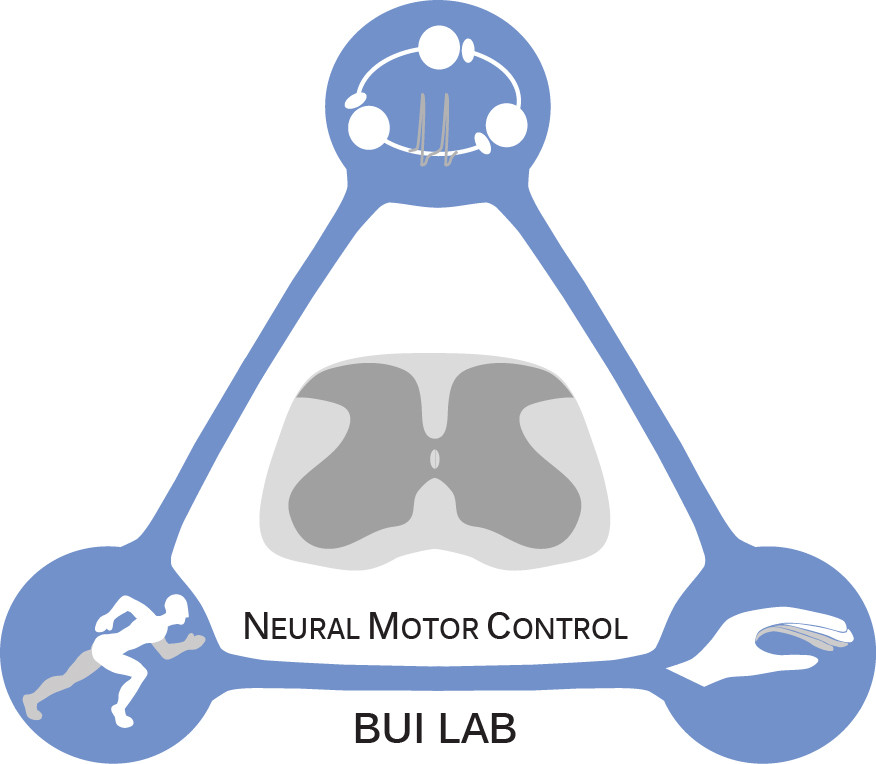
Our lab is interested in three aspects of how the nervous system controls movement for the purpose of understanding motor control and treating loss of motor function due to disease or injury.
1. Characterize neurons involved in motor control. There are many neurons that are involved in motor control. They are found in the brain, brainstem, and the spinal cord, and they all play specialized roles. For instance, our lab has characterized a population of spinal neurons, named dI3 interneurons, and shown that they are vital for our control of our grip strength, and they play a role in shaping our locomotor activity.
2. Understand the changes that occur before and after birth to allow us to perform a wide range of movements Throughout the development of an organism, many new neurons are generated, these neurons acquire a specific identity as a product of the expression of various proteins that will determine their shape, their location, and their neural activity patterns, and new connections are made both at a local (think one spinal neuron with many other spinal neurons) and long-distance scale (a cortical neuron connecting with a spinal neuron). These various developmental changes occur throughout embryonic stages as well as early after birth, and allow us to learn the many movements that will be useful to our daily lives. We want to identify which changes are responsible for the acquisition of specific forms of movements.
3. Discover mechanisms by which neural plasticity can be harnessed to recover lost motor function due to trauma or neurodegeneration While the nervous system shows a great malleability at earlier life stages to allow individuals to become more skilled at moving, this capacity for plasticity diminishes as we move into adulthood. This is partly why injury or disease to the nervous system often leads to sustained loss of motor function. We seek to study animal models where there is a greater capacity for recovery of lost motor function, such as seen in rodents and in fish, to glean insights that may someday lead to effective treatment of loss motor function in humans.
